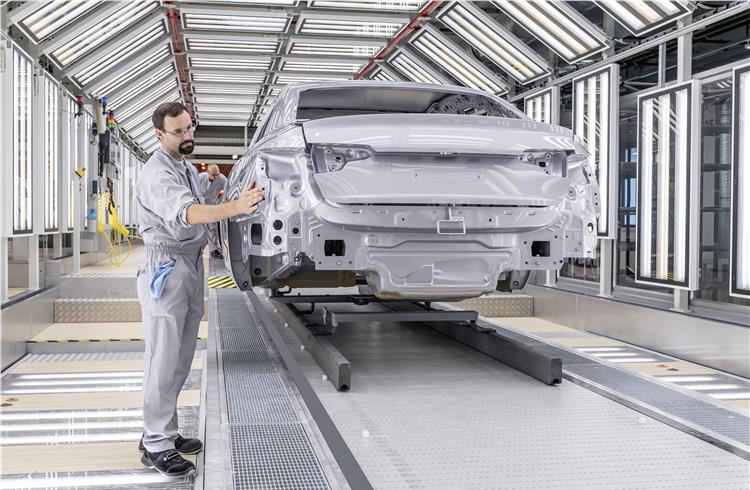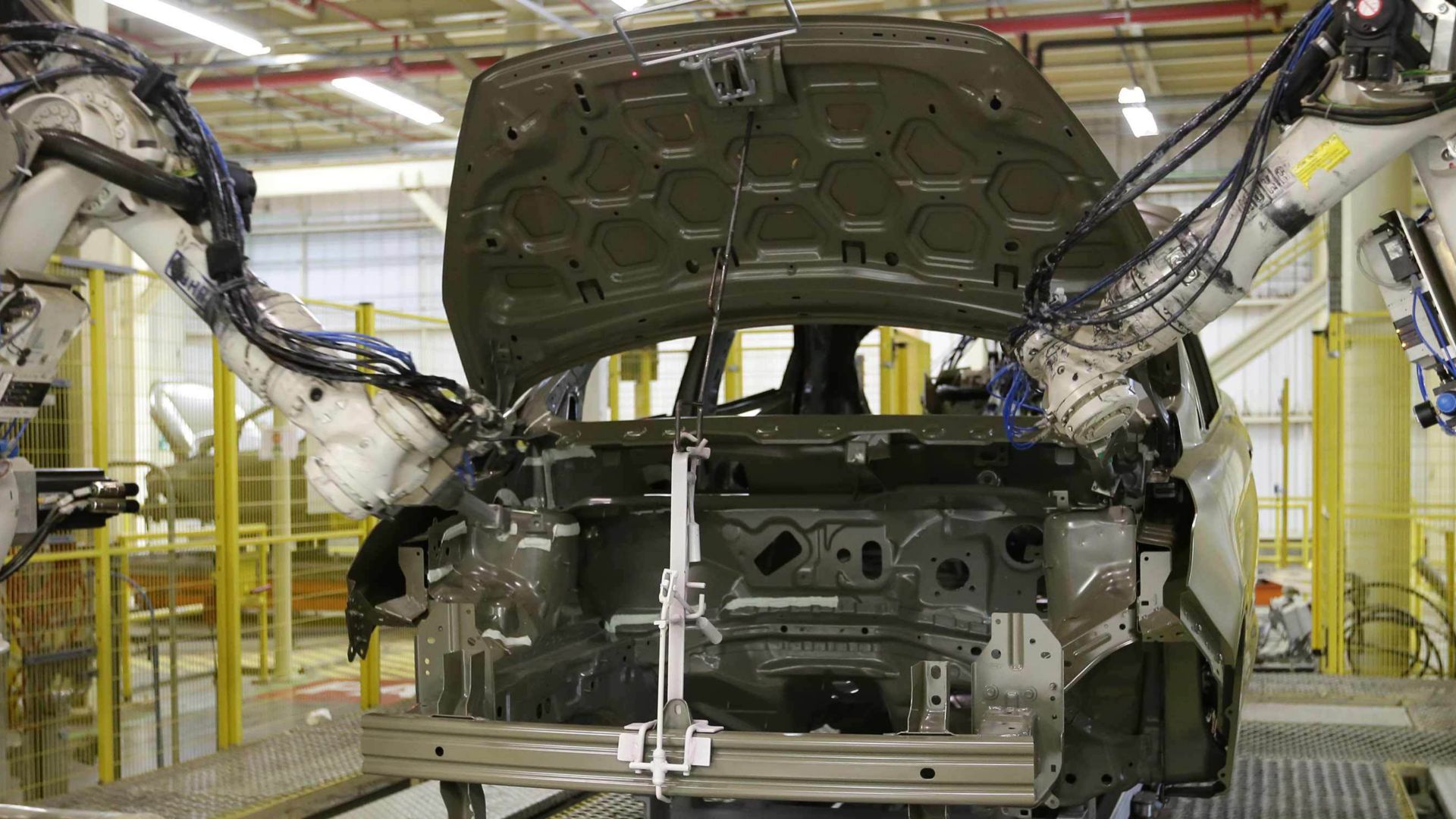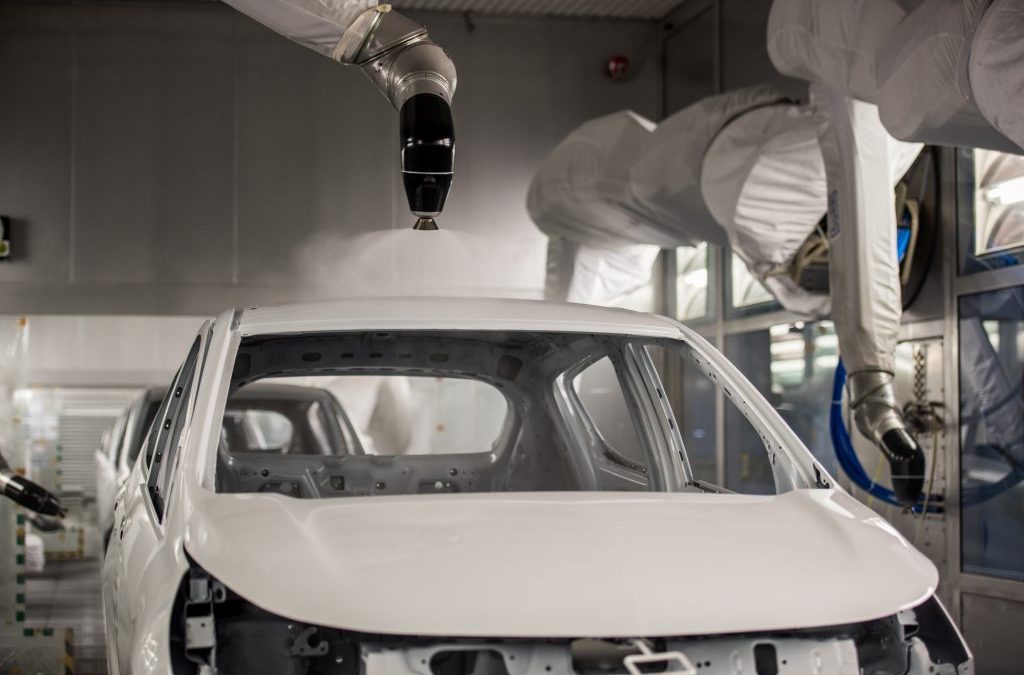Have you ever wondered, ‘how hard is it to paint a car’? Many car enthusiasts and DIY hobbyists ponder this question. With the advent of advanced technology, painting a car has become more accessible than ever before. However, it’s important to realize that a great paint job requires a specific set of skills, equipment, and knowledge. In this article, we will delve into this tremendous task, helping you understand the intricacies and the steps involved.

Why Paint Your Car?
Whether your car has suffered minor scratches or you simply want to give it a new look, painting your car can be a delightful experience. Not only does it improve the aesthetic appeal, but it also contributes to the car’s overall health by protecting it from rust and other environmental factors.
Initial Planning
Before diving into the actual process, one must plan meticulously. From selecting the appropriate paint to arranging the necessary tools, proper planning sets the groundwork for a successful paint job.
Selecting the Right Paint
The market is flooded with a plethora of paint options. Choose a paint type that is not only of high quality but also complements the make and model of your car. Keep in mind the durability and finish of the paint.
Gathering Tools and Materials
When it comes to painting a car, having the right tools is crucial. Here’s a list of some items you’ll need:
- Paint spray gun
- Air compressor
- Sandpapers (various grits)
- Masking tape and paper
- Primer
- Automotive paint
- Clear coat
- Protective gear
Preparation Steps
Preparation is the key to achieving a smooth and professional finish. Let’s break down the preparation into simple, manageable steps:
Cleaning
Begin by thoroughly cleaning the car’s surface. Remove any dust, grime, or old wax. Ensure that the surface is dry before proceeding to the next step.
Sanding
Sanding is essential to remove the existing paint and make the surface smooth for the new paint to adhere properly. Depending on the condition, use different grits of sandpaper to achieve the desired smoothness.
Masking
Cover all the areas that are not to be painted with masking tape and paper. This will protect the windows, headlights, and other parts from unwanted paint splatters.
The Painting Process
With all preparations in place, it’s time for the actual painting. This stage is both exciting and challenging.
Applying Primer
A primer acts as a base that enhances the adhesion of the paint and provides a uniform surface. Apply the primer in thin, even coats, allowing it to dry completely between each coat. Sand lightly after the primer has dried to ensure a smooth surface.
Painting
This is where your creativity comes to life. Using a spray gun, apply the paint in thin, even layers. It’s essential to maintain a consistent spray pattern to avoid streaks and uneven coverage. Allow each coat to dry before applying the next one.
Applying Clear Coat
The clear coat adds a protective layer and gives the car a glossy finish. Apply this in even layers, just like the paint, and allow it to dry thoroughly.
Finishing Up
Once the painting process is complete, focus on the finishing touches.
Removing Masking Tape
Carefully remove the masking tape and paper. Ensure that you do this slowly to avoid peeling off any paint.
Polishing
Polishing helps in removing minor imperfections and gives your car a shiny, new look. Use a good quality car polish and buff the surface to achieve the desired finish.
Common Mistakes to Avoid
Even the most meticulous planners can make mistakes. Here are some common pitfalls to watch out for:
Skipping Sanding
Ensure you sand the surface thoroughly. Skipping this step can result in a poor-quality finish.
Using the Wrong Paint
Always use high-quality automotive paint recommended for your car’s make and model.
Rushing the Process
Be patient. Allow each coat to dry properly before applying the next one.
Professional vs. DIY
While painting your car yourself can be a rewarding experience, sometimes it’s best to leave it to professionals. Here’s a comparative look:
Cost
DIY is generally cheaper but requires you to purchase tools and materials. Professional services may be costly, but they come with experience and quality assurance.
Time
DIY can be time-consuming, requiring several days of work. Professionals can complete the task more quickly.
Quality
Professionals offer a high-quality finish that is often difficult to achieve on your own.
Case Studies
Let’s look at some real-life examples:
John’s Classic Car
John decided to paint his 1967 Mustang. The process took him a total of three weeks, but the result was a pristine car that looked as good as new.
Sarah’s Family Sedan
Sarah opted for a professional service to paint her everyday vehicle. Within a week, her car was ready, showcasing a flawless finish.
External and Internal Resources
For more detailed information on how to paint a car, check out this guide by Auto Body Toolmart.
FAQs
Q1: How long does it take to paint a car?
A: It depends on various factors, but generally, a DIY paint job can take anywhere from a few days to a couple of weeks. Professional services are faster, often completing the task within a week.
Q2: Is it cheaper to paint a car yourself?
A: Yes, DIY painting is generally cheaper as you save on labor costs. However, you need to invest in quality tools and materials.
Q3: What type of paint should I use?
A: Always use automotive paint that’s recommended for your car’s make and model. High-quality paint ensures durability and a better finish.

Conclusion
Painting a car is undoubtedly a big task with tremendous possibilities. With careful planning, the right tools, and patience, you can achieve a terrific result that brings delight every time you look at your car. While it requires effort and attention to detail, the satisfaction of a job well done is unparalleled. For those who prefer leaving it to professionals, the investment is worth the high-quality results. Either way, a freshly painted car is a sight to behold, showcasing the marvels of modern technology and craftsmanship.
